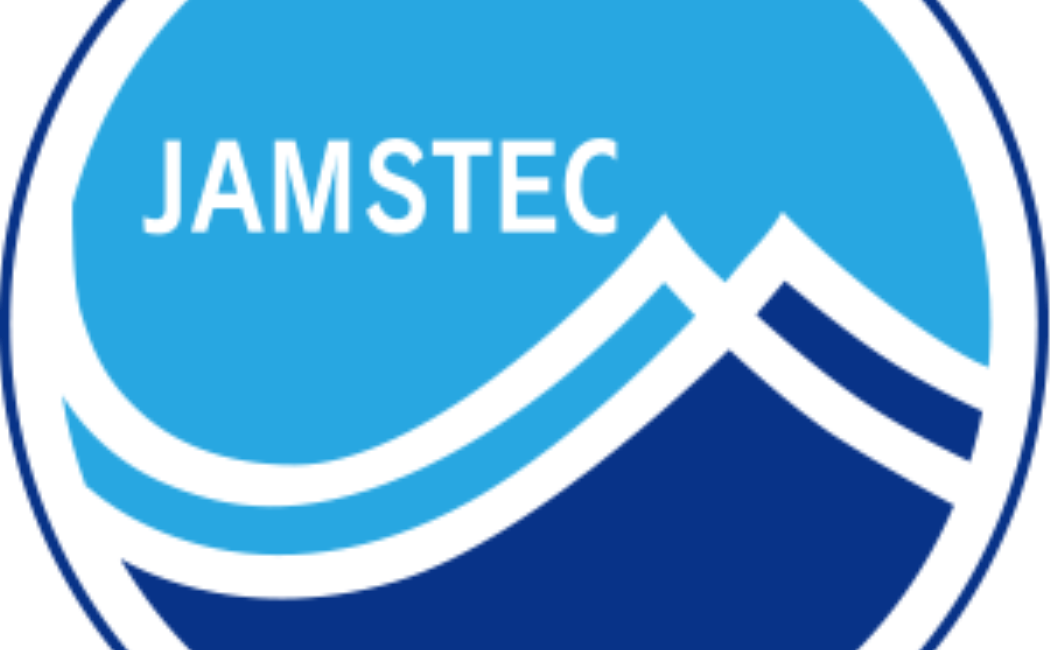.jpg?sfvrsn=1a62d0cb_0)
.jpg?sfvrsn=1a62d0cb_0)

Geomechanical modelling is currently primarily reserved for commercial purpose. Well centric, spatial and temporal geological/geomechanical models have many applications in the energy industry. They are regularly utilised for stress field assessment, well placement, field management and production optimisation. However, there is no such fully integrated research done in the scientific field on active subduction zone.
The main aim of our unique project is a construction of 4D geomechanical model of the Nankai Trough Subduction Zone and ultimately a real-time earthquake prediction tool. In this presentation I demonstrate how to utilise drilling data and seismic inversion information into domain of geomechanics to determine stress field magnitude/orientation, fault mechanics/criticality.
The presentation is divided into three sections. In first section, I present the use of surface drilling data from land based and offshore wells in Japan, Oman and Australia to calculate the in-situ rock strength with methods such as Specific Energy (SE) and Equivalent Strength (EST). These are well correlated with results from subsequent core scratching experiments, direct UCS measurements and LWD responses. In the second section, I discuss the use of seismic inversion data being the backbone during development of 3D geological and subsequent geomechanical model. The use of seismic inversion data dramatically improves resolution and quality of the geomechanical model by capturing the heterogeneity and spatial variability of lithology (elastic and poro-elastic properties). This is further enhanced by the calibration and validation of the seismic derived model with measured borehole data. Without seismic data, our model would be reduced to blind extrapolation beyond the zone of wellbores. In the third section, I briefly discuss our future plans to take the existing model into the real-time realm. The idea is to utilise cloud computing for perpetual calculations of stress distribution/magnitude from continuous stream of seismological data such as seismic wave, pressure and strain from Dense Oceanfloor Network System for Earthquakes and Tsunamis (DONET) and Long-Term Borehole Monitoring System (LTBMS). This will hopefully provide us with up-to-date information on subduction zone condition, and the likelihood of where / how big an imminent earthquake will be.
Yasuhiro Yamada is Director of R&D Center for Ocean Drilling Science (ODS) at Japan Agency for Marine-Earth Science and Technology (JAMSTEC). Previously, he worked for 16 years as an exploration geologist for JAPEX (Japan Petroleum Exploration Co.), and for 12 years as a professor at Kyoto University. Yamada's research interests include scientific drilling, geomechanics and structural geology. He has authored or co-authored more than 100 technical papers. Yamada holds a PhD in geology from University of London, UK.
Moe Kyaw is principal research scientist at Japan Agency for Marine-Earth Science and Technology (JAMSTEC) with 20 years career in planning and managing the Scientific Ocean Drilling expeditions. His research interests span from marine G&G and data analytics to technology developments in deepwater drilling. He holds a PhD in marine geology from University of Tokyo and is member of SPWLA, SEG, AGU and founding member of MAESA.
Adam Wspanialy is an Engineer at R&D Center for Ocean Drilling Science, Drilling Informatics Research Group at Japan Agency for Marine-Earth Science and Technology (JAMSTEC). Previously, he worked for 8 years as a drilling optimisation engineer (ADT) for Sperry Drilling, Halliburton, and for 3 years as an independent pore pressure consultant/wellsite geologist before moving to JAMSTEC in 2017. Wspanialy's interests include drilling, drillstring and wellbore integrity, geomechanics and computer modelling. He holds a MSc in geology from University of Aarhus, Denmark.